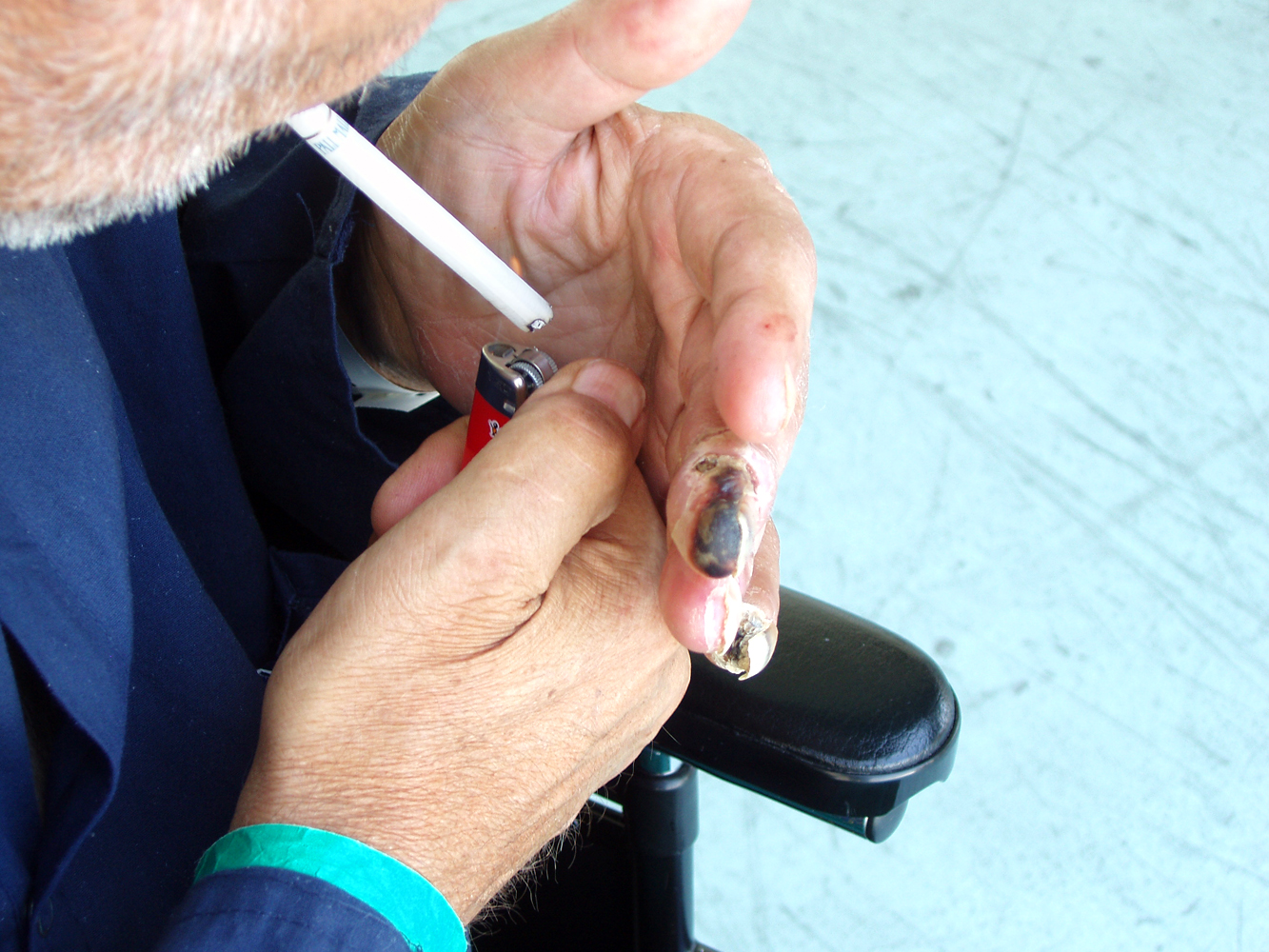Buerger's disease physical examination: Difference between revisions
Jump to navigation
Jump to search
m (Bot: Adding CME Category::Cardiology) |
|||
| Line 20: | Line 20: | ||
{{WH}} | {{WH}} | ||
{{WS}} | {{WS}} | ||
[[CME Category::Cardiology]] | |||
[[Category:Needs content]] | [[Category:Needs content]] | ||
[[Category:Cardiovascular diseases]] | [[Category:Cardiovascular diseases]] | ||
Revision as of 06:06, 15 March 2016
|
Buerger's disease Microchapters |
|
Diagnosis |
|---|
|
Treatment |
|
Case Studies |
|
Buerger's disease physical examination On the Web |
|
American Roentgen Ray Society Images of Buerger's disease physical examination |
|
Risk calculators and risk factors for Buerger's disease physical examination |
Please help WikiDoc by adding more content here. It's easy! Click here to learn about editing.
Editor-In-Chief: C. Michael Gibson, M.S., M.D. [1]
Physical Examination
Extremities
- The Allen's test: The goal of this test is to check the function of your vessles. During the procedure, the patient is asked to make a tight fist. And, the doctor presses on the arteries at each side of the wrist. These two steps can decrease the flow of blood into the hands and make your hands lose color. Then, you are asked to open your hands and the doctor releases the pressure on one artery and another. The doctor will record the time for your hands to return to general appearance. Patients with Buerger's disease may slow blood flow into the hands.
-
Thromboangiitis Obliterans (Buerger's disease): Arterial vascular disease associated with smoking. Note the blackened tips of middle and pinky fingers.
(Image courtesy of Charlie Goldberg, M.D.)
